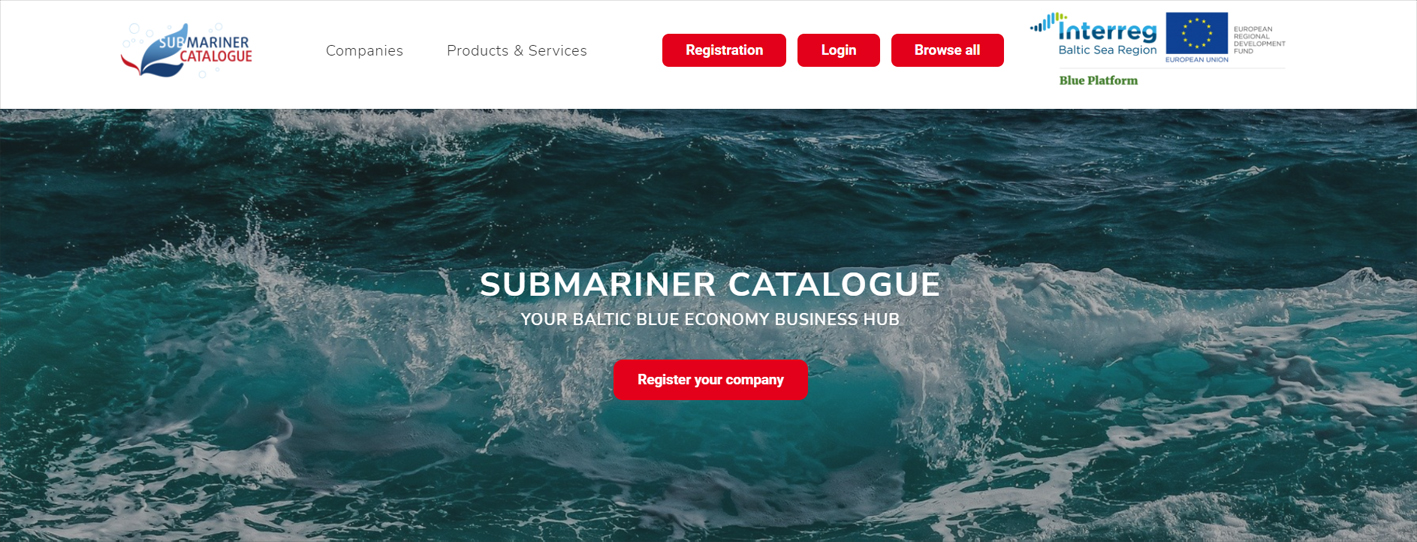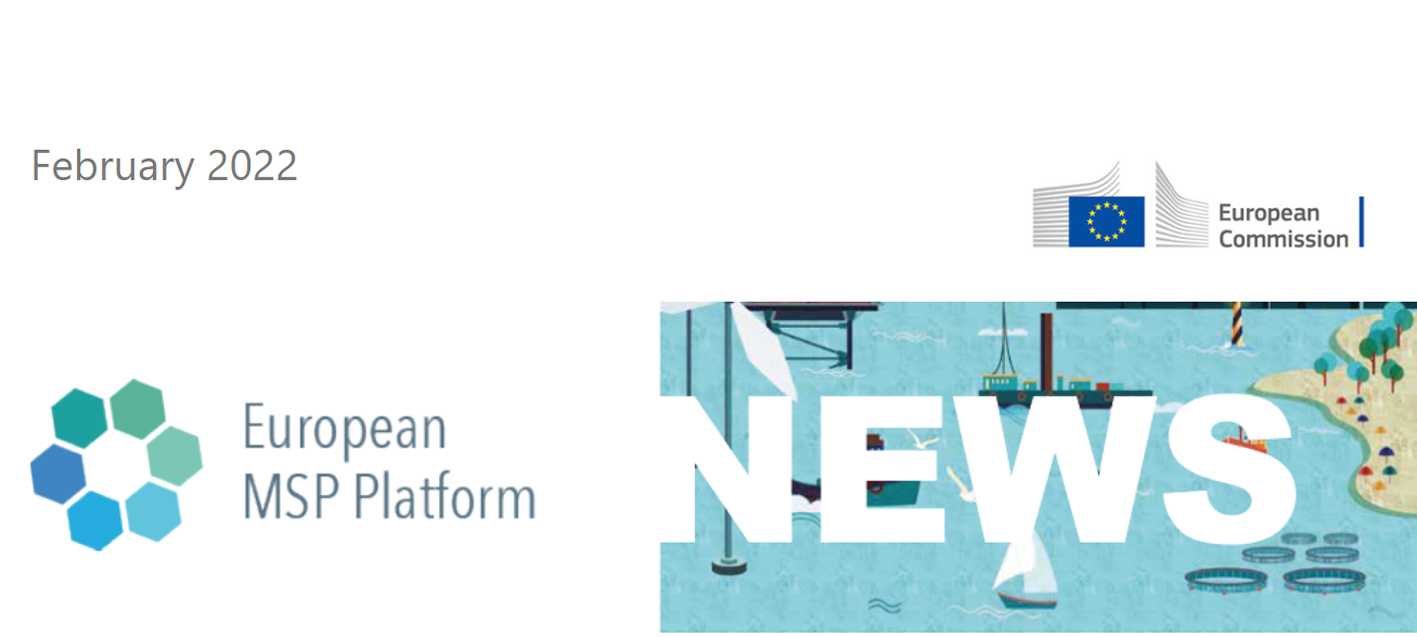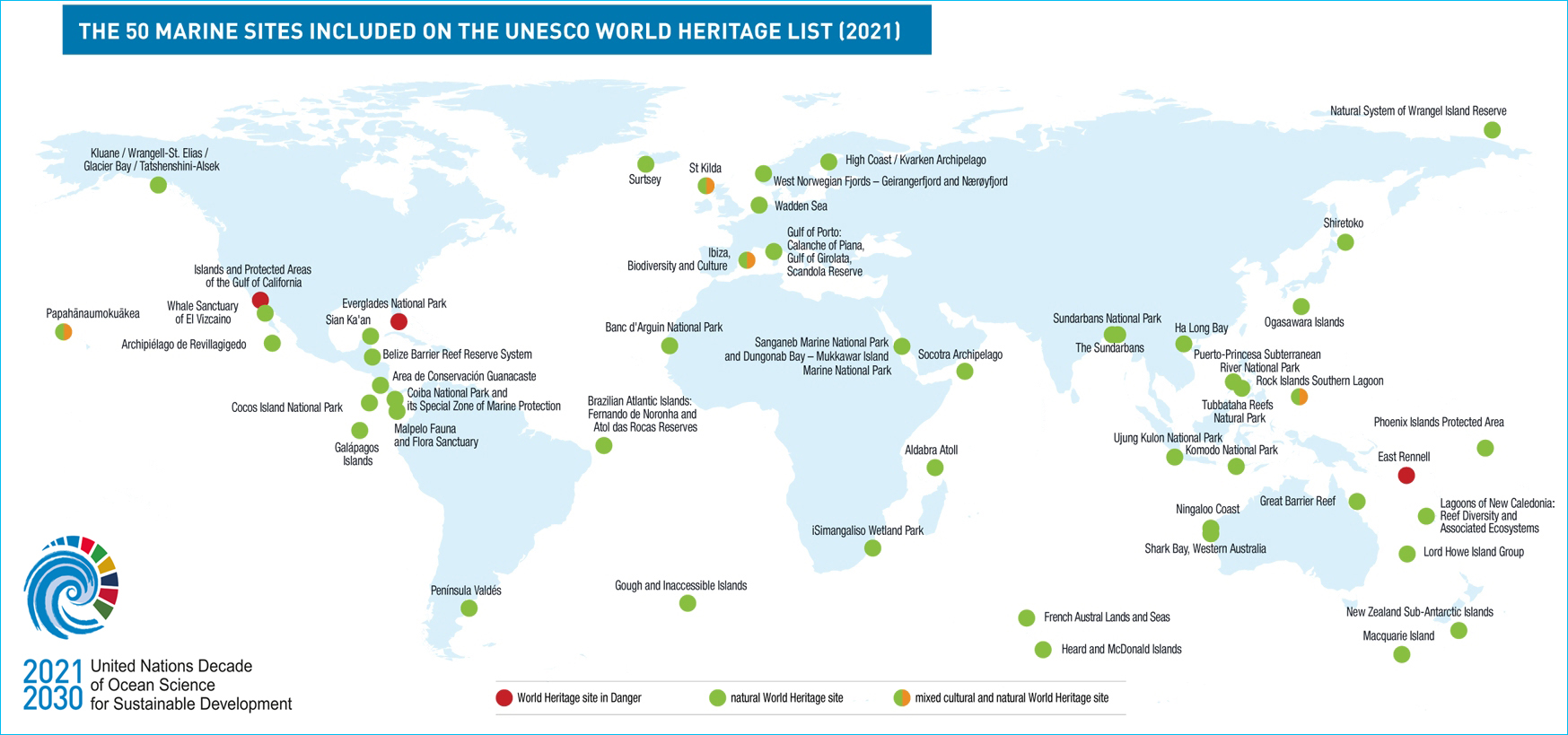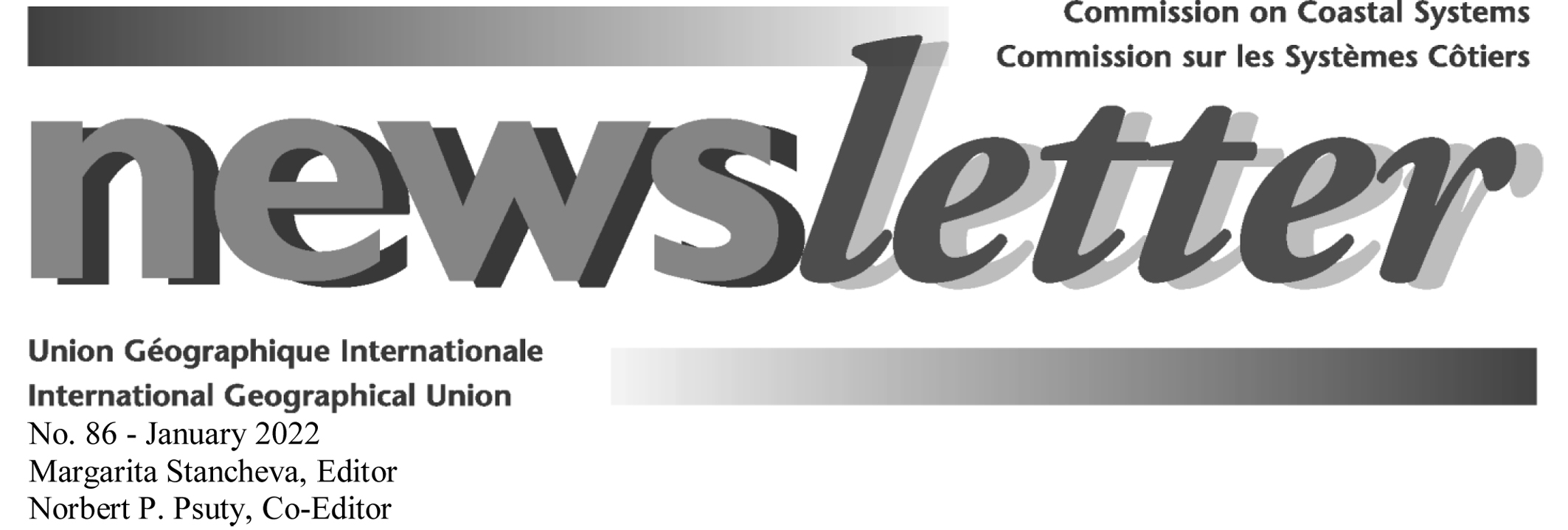News and Events
SUBMARINER launched its new online interactive catalogue!

As of 02 of March 2022, the SUBMARINER Network has launched a new interactive online SUBMARINER catalogue. The development of this tool has been made possible with the funding received from the Nordic Council of Ministers and the Interreg BSR Blue Platform project.
Over the past few years, the number of innovative and sustainable blue companies and products has increased significantly. The SUBMARINER Catalogue gives these companies the opportunity to increase their visibility and accessibility for current and future collaborations, as well as forming their own community to forge new business relationships.
Of course, the more companies that join the Catalogue, the more impact it will have. So far only a few companies have pre-registered. The ambition in the coming weeks will therefore be to attract as many companies to register as possible, so that they can in turn be promoted and kept updated on upcoming opportunities.
Read more: SUBMARINER launched its new online interactive catalogue!
Our joint peer-reviewed research paper on multi-use of the sea has been promoted in the European MSP Platform February 2022 Newsletter

Our recently published peer-reviewed research paper in Marine Policy Journal, Supporting multi-use of the sea with maritime spatial planning. The case of a multi-use opportunity development - Bulgaria, Black Sea, has been promoted in the European MSP Platform February 2022 Newsletter: https://ec.europa.eu/newsroom/cinea/newsletter-archives/36955
The paper is a joint collaborative work between CCMS (Bulgaria); University of Gdansk (Poland); National Research Council, Institute of Marine Sciences (Venice, Italy); and Marine Scotland - Marine Planning and Policy (Scottish Government, Scotland, UK).
A Roadmap for Increased Investment in Ocean Science in Marine World Heritage Sites

Climate change is altering our planet and the effects are felt from the highest mountains to the deepest part of the ocean. UNESCO's latest report launched in November 2021 reveals that 75% of marine World Heritage sites lack the critical science to deal with the impact. While the world seeks to limit warming to 1.5°C, it is vital to take steps now to protect Earth's most exceptional places.
UNESCO calls upon the international community to drastically step up investment across marine World Heritage sites in an effort to co-design and co-deliver the science we need for the ocean we want.
Developing this roadmap within the framework of the United Nations Ocean Decade is a great opportunity to generate and harness the critical knowledge needed to preserve marine World Heritage sites and their services for future generations.
Read more: A Roadmap for Increased Investment in Ocean Science in Marine World Heritage Sites
CCS January 2022 Newsletter published and ready for read!
The Commission on Coastal Systems (CCS) to the International Geographical Union (IGU) is delighted to release its January 2022 Newsletter: you can discover the latest news, CCS recent and upcoming activities, initiatives and collaborations by following CCS website: http://igu-coast.org/.
The CCS Newsletter is issued twice a year and highlights the activities of the Commission on Coastal Systems and its members all across the world. If you would like to join CCS network, you only need to fill out the form at the end of the Newsletter or to get in contact with CCS!
Enjoy the content of CCS January 2022 Newsletter and participate by sharing information and disseminating it to your wide networks and interested readers.
Commission on Coastal Systems, International Geographical Union.

